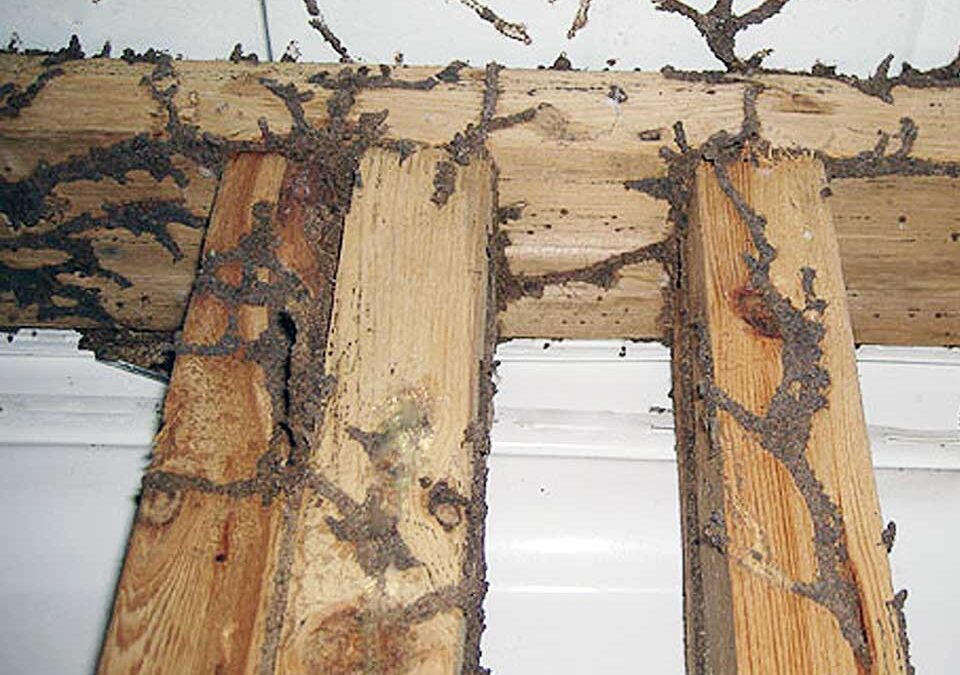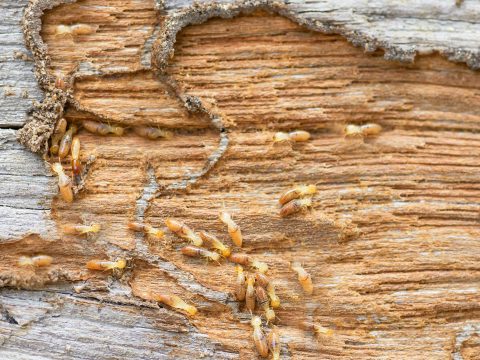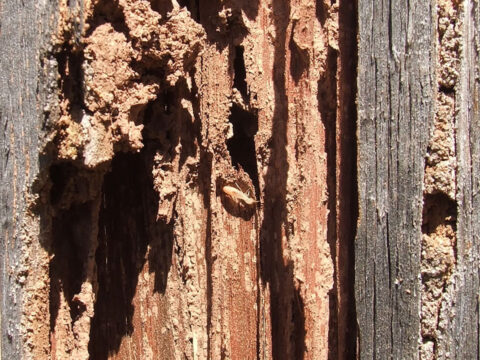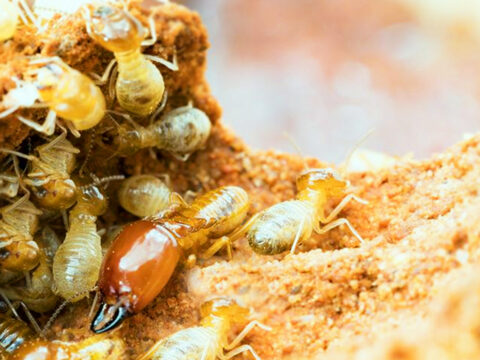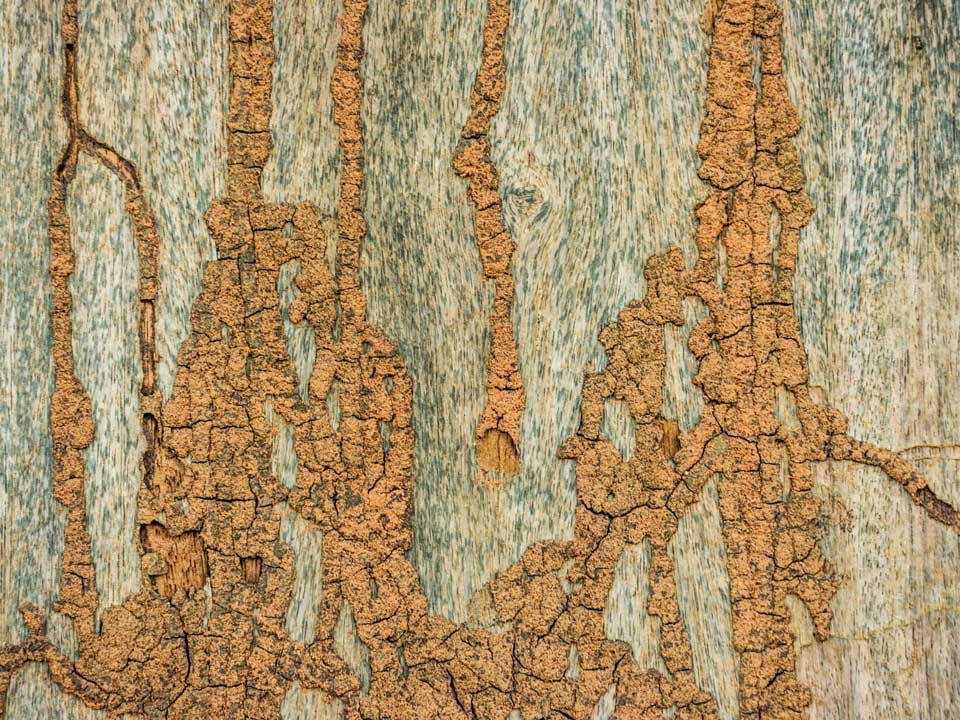
What To Do When You Find Termite Mud Tubes In House?
November 25, 2020
Do Termites Come Back After Treatment?
February 2, 2021Termites are notorious for their ability to spread without being noticed. But can
they actually spread from one house to another? You’ll naturally get concerned when you find out that your next door neighbor has a termite problem. As a homeowner, your first reaction is to take immediate action by calling a pest control company to have your house inspected. And that would be the right decision to make. Our professionals at Chem Free Exterminating in Orange County, CA, will inspect your home or business and, if any termite activity is detected, they will take all the necessary steps to do termite treatment as soon as possible.
So, Can You Get Termites From a Neighbor?
Even though you might be worried whether you will get the termites too, there is no need to panic. Your house does not necessarily need to be treated for termites only because your neighbor’s house had a termite infestation. But it’s always a good idea to get an inspection done to ensure there are no termites thriving in your home.
Subterranean termites are soil-dwelling insects and they move around in the soil searching for cellulose-based food. They can travel up to 230ft in all directions as they do not follow any clear directional pattern. They also cannot tell the difference between the new and old building. This is the reason why sometimes termites invade new buildings but very old ones
never get exposed to them.
However, if your house is of a similar age, type, and material used as other buildings in your neighborhood, and the soil moisture level is the same, there’s a high probability that termites might spread to your property as well.
So if you discover that your neighborhood has a termite issue, it is strongly recommended to have your home thoroughly inspected by an expert, as in this case, any house in your neighborhood could be at risk of getting an infestation.
Remember that termites are the most invasive pests on the planet and the walls and foundations of your house can easily become their next meal.
How Do Termites Move and Spread from House to House?
One of the most common ways termites spread into new colonies in various areas of the house is by traveling through underground mud tubes and cracks in the walls. Subterranean termites usually search for new places to infest, making their way inside the building’s foundations through the soil.
Another way how termites move from one house to another is through flying. During their reproductive season, the subterranean termites develop wings to come out from their full-grown colonies and swarm. They fly off to search for new mating partners so that they can start a new colony. After successful mating, the swarmers lose their wings and begin the process of forming a new colony.
There is also an increased chance of your home getting infested once new building construction has started in your close vicinity. Some homeowners often observe termite infestation in their houses during this time. This is because each acre of land may contain 8 or even 10 active termite colonies. And because termite colonies are very large, several properties in the neighborhood might share a single termite colony. If any of these termite colonies in the soil gets disturbed, it’s likely that termites will spread in the immediate vicinity.
Even though termites might not be able to infest your entire neighborhood at once, you should be motivated enough to invest in routine termite inspections to have peace of mind and prevent any potential spread of termites all year round.
Termites can easily be transferred from one property to another if they are transported with the wood in which they live. Any wood carried from a house that’s infested with termites, may contain a queen termite that is capable enough to grow a new colony in a different place.
In addition, termites can take shelter in aging wood without any difficulty, hiding in planks from abandoned barns or demolished houses. Those wooden planks are the perfect place for termites to live in, so if you bring them into your home, for example, to do your DIY woodworking projects, the infestation can be easily spread.
As subterranean termites like chewing through items made of wood and cellulose, such as furniture and wooden floors, they can travel with you from another house and thus, be transferred to your home as well. These harmful pests will leave you unsuspecting since they might go undetected for a long time, causing an infestation.
In Summary,
If you notice your neighbors are getting their house fumigated for termites, you can easily become worried or get into a panic. Even though termite infestations are unpredictable, it doesn’t always mean that your property is automatically going to be infested as well.
As always, it’s better to stay on top of termite prevention and contact a specialist to schedule regular inspections no matter if your neighbors have a termite problem or not. Get in touch with our experienced and knowledgeable technicians at Chem Free Exterminating who are always there to help.

